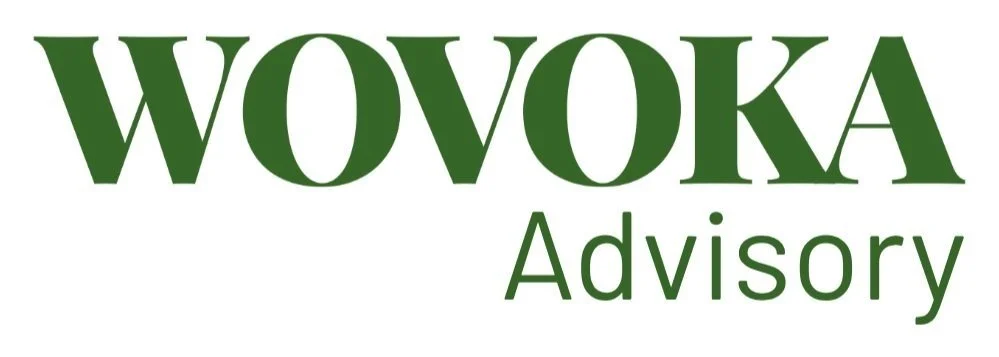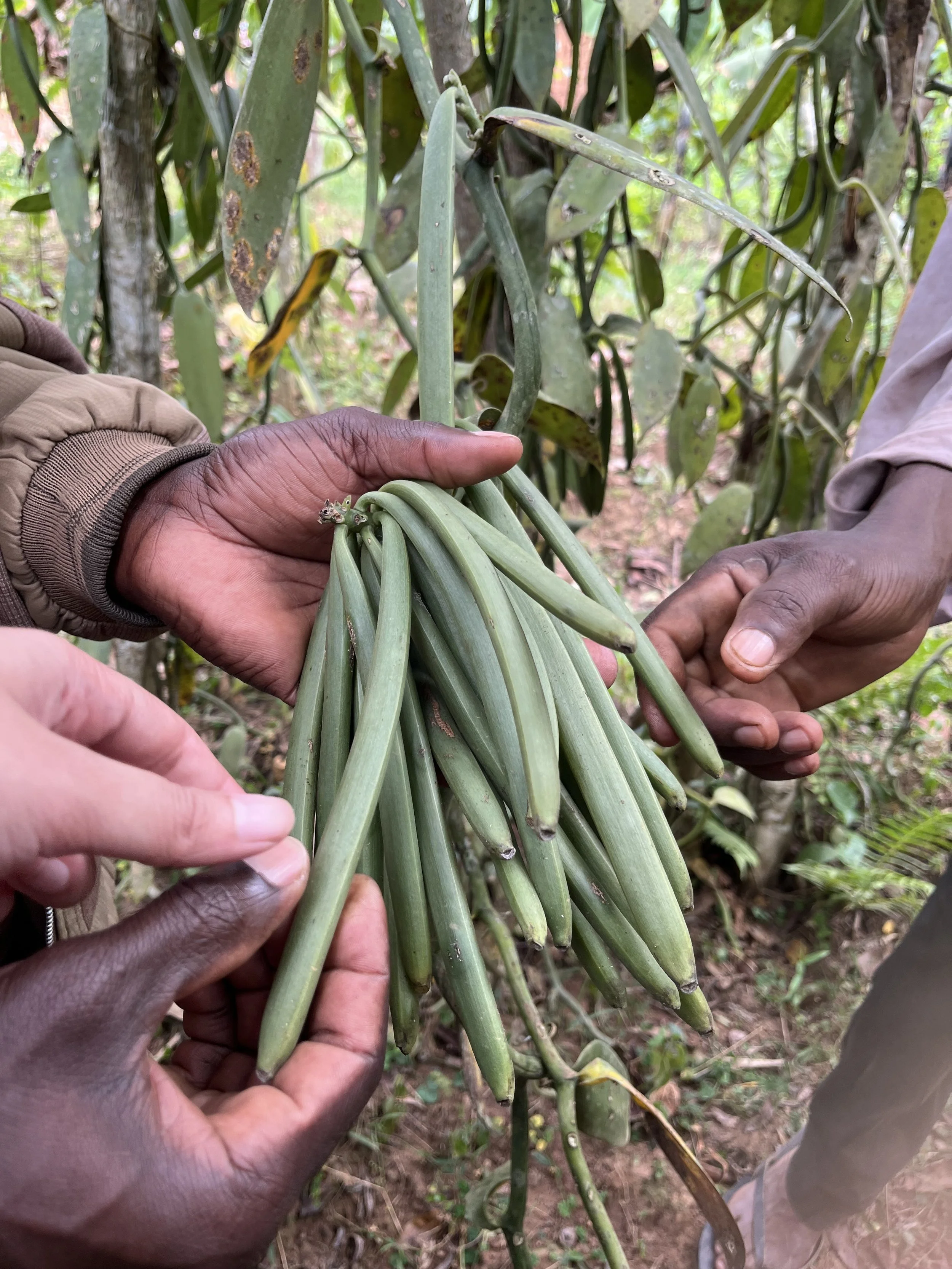Restore First, Procure Later: The Business Case for Pre‑Supply Chain Sustainability
I opened my talk at the Terras Conference in Tuscany by pointing out something many companies don’t like to hear:
“If your company waits until procurement to think about sustainability, you’re already too late—and your nature‑based targets will stay on paper.”
The room, filled with sustainability leads from multinationals, startups, ESG firms, NGOs, and think tanks, shifted in their seats. Some nodded; a few frowned. But every project developer in the nature‑based‑solutions space knew exactly what I meant.
Capital Must Flow Earlier
Nature projects only scale when capital shows up at feasibility, not after credits are minted. That’s a tough ask for corporations in a belt‑tightening economy, but philanthropy and CSR budgets alone can’t carry the load. Early private‑sector investment is the difference between another small pilot and a solution that’s actually built for climate-scale impact. And we need climate-scale impact. The IPCC’s latest assessment (AR6 Synthesis, SPM‑7) is unequivocal: ecosystem restoration and regenerative agriculture are the single largest carbon removal levers available this decade, comparable in magnitude to the more well known carbon avoidance opportunities in wind and solar energy development.
If your business depends on agricultural supply chains, sustainability can’t begin at the loading dock. By the time you place a purchase order, the landscape’s environmental and social conditions are already baked in. Drought or deforestation may have stripped yields and quality; if communities were left out of land‑use decisions, unresolved tenure disputes can jeopardize long‑term supply. At that point you’re simply choosing from what’s left—an inevitably reactive position.
Restoration as Competitive Advantage
Restoration flips sustainability from a cost centre to a competitive edge. By investing in the landscape years before the first bean or kernel is harvested, you lock in supply security, hard‑wire climate resilience, and generate verifiable impact that auditors can trace back to day one. In short, restoration is the proactive starting line for any agricultural supply chain worth calling “sustainable.”
This practice could look like helping smallholder farmers transition to agroforestry models that interplant cocoa with native trees or supporting mangrove rehabilitation along coastal rice paddies. It could also mean investing in tenure mapping and Free, Prior and Informed Consent (FPIC) processes in sourcing regions, long before expansion plans for agricultural lands are finalized. Without this, companies risk entering contested landscapes, opening themselves up to reputational damage and operational delays. For CFOs and risk officers, early restoration is not philanthropy, but a forward hedge against asset impairments, yield volatility, and escalating insurance costs driven by ecosystem degradation in key sourcing regions.
Tangible Gains for the CFO
Beyond risk reduction, early investment in restoration brings tangible, long-term benefits for companies. It enables greater visibility across the landscapes you source from. Companies that support early-stage work gain access to geospatial mapping, ecological baselines, and community engagement records. These data allows for more robust traceability, not just of product origin, but of the environmental and social conditions in which those products were grown. These are hard metrics that turn opaque landscapes into auditable assets. With this visibility you can underwrite lower supply‑chain Value-at-Risk (VaR), negotiate better insurance terms, and book future carbon assets at a discount, all while meeting emerging traceability rules. This is how nature becomes part of your capital strategy.
Restoration also builds supply chain resilience. For example, reforesting upstream areas can reduce flooding and sedimentation in farms downstream. Intercropping with native trees creates microclimates that protect crops from temperature extremes. Over time, these ecological buffers reduce losses and production volatility. They also create more income diverse, resilient farmers at the core of the supply base who can weather commodity price changes and climate shocks more effectively. For CFOs, this translates into fewer force-majeure payouts and more predictable EBITDA. Restoration functions as a front-line insurance strategy—but unlike a traditional premium, it leaves you with a growing asset. It shifts spending from a perpetual cost center to a balance-sheet item that protects EBITDA in down years and generates upside in strong ones.
Long‑term thinkers gain more than climate wins and brand lift: early restoration also upgrades raw‑material quality. By getting in at feasibility, you co‑design high‑integrity carbon and biodiversity outcomes — credits you can proudly claim later — while securing crops grown in healthier soils and more stable microclimates. Skip the early investment and you’re left scrambling for whatever shows up downstream, stuck in an endless loop of supplier‑risk reviews, spot purchases, and QA fire drills.
Ugandan vanilla beans in one of the farms at RASD
Case Study: Buji Vanilla
In Uganda, Wovoka Group is working with the Rural Agency for Sustainable Development (RASD), a community-based NGO of smallholder farmers, to build a sustainable vanilla supply chain. The approach is to test a model where vanilla farming and reforestation are not separate objectives. This early-stage partnership laid the groundwork for Buji Vanilla (bujivanilla.com), a brand built not just on quality extract but on verified environmental and social impact. Together, we were able to create a replicable model for companies willing to look upstream and act early.
And the proof is already on the menu: if you’re checking into the legendary Beverly Wilshire, A Four Seasons Hotel, stop by Wolfgang Puck’s Michelin‑starred CUT and ask the bartender for a cocktail finished with Buji Vanilla bitters. From Buikwe District farmers in Uganda to a Beverly Hills bar frequented by Hollywood royalty, our upstream investment turns restoration into premium flavor—and a story any brand can replicate.
Start Upstream
Simply, if your business depends on nature, you need to invest in nature. But you need to do it early. While it may not deliver immediate outputs, it sets the foundation for everything companies say they care about—stable supply, credible impact, and brand integrity in a world that’s expecting more of all three.
As the climate crisis deepens and supply chain disruptions become more frequent, the question isn’t whether restoration fits into your strategy. It’s whether your strategy can hold without it.
Want to assess how resilient your supply chain really is?
Fill out the form below to access a free PDF version of this article—complete with a cheatsheet guide your sustainability or procurement team can use to evaluate risk exposure and strengthen climate resilience.


